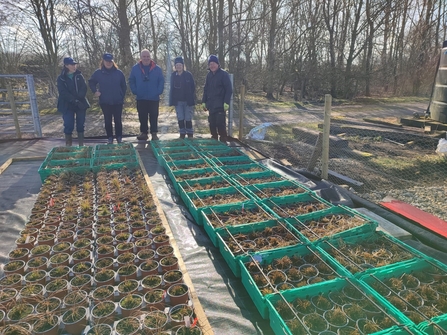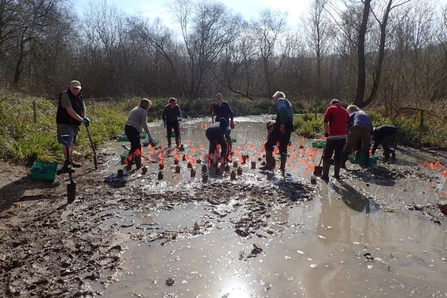Herts and Middlesex Wildlife Trust’s aims to save a critically endangered plant, Scarce Tufted-sedge Carex cespitosa, from extinction in the UK have taken a significant step forward with assisted colonisation at four new sites in Hertfordshire.
The plant was previously found on just one site in Hertfordshire within the whole of the UK, persisting in a privately-owned county Local Wildlife Site. Both the owners and the Trust realised a duty to ensure the plant’s survival and a conservation plan for its recovery was put into action. This conservation work has been funded by Natural England’s Species Recovery Programme, which aims to halt and reverse declines on populations of our most threatened species.




